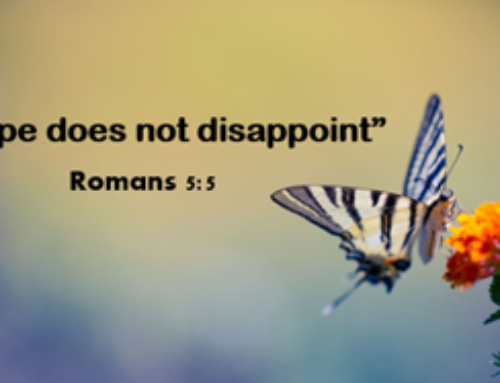(This article originally appeared in the TAU-USA Spring 2024 Digital Issue #111)

Kathryn Swegart – Formation Director, Jordan Smith, and Dean Astumian – Minister of St. John the Baptist Fraternity in Winslow, Maine.
The St. John the Baptist fraternity in Winslow, Maine is pleased to announce the winner of its essay contest, opened to high school and college students in Maine. The winner is Jordan Smith, a student at Colby College in Waterville, Maine. He is a member of Corpus Christi Parish in Waterville and is active in Colby Catholics. Jordan is from Severna Park, Maryland.
With brilliance and insight, Jordan weaves a philosophical connection between beauty and God as proclaimed by St. Francis in the Canticle of the Sun. Jordan received a $100 prize and a Word of Fire Bible. We hope that you are inspired by the thoughtful writing of this young man. Praise be to God!
St. Francis’ Canticle of the Sun reveals his complex understanding of the relationship between God, Nature, and Man. From the outset, Francis unqualifiedly recognizes God as “Most High.” Nothing else matches the grandeur of God. However, this does not prevent Francis from proclaiming: “Praised be You, my Lord, with all your creatures.” The creation may be praised alongside God because His glory is manifest through creation. This ‘translucent’ element of creation that allows one to see through it to its Creator is the essence of beauty. The connection between translucence and beauty is emphasized in Francis’ identification of “Brother Sun” as the creature closest to God. The reason the sun “bear a likeness” to God most of all is that he is “beautiful and radiant.” Just as the sun shines its rays to not only reveal the beauty of the physical world but also to give it life and sustenance, so too God’s overflowing goodness manifests itself not only in the continual sustaining of being but in the essential beauty of all that exists. For the God Who is Beauty Itself will always produce beautiful creatures. That is to say, being and beauty are coextensive for St. Francis. Beauty is not something I merely personally will to believe or not. Beauty is constantly eliciting a response from me. It calls me out of my own being into the source of my being through the creation in which beauty inheres. Beauty raises beauty into the Beautiful Itself.
The precise connection between God, Nature, Beauty, and its implications for people on a practical basis comes to light in the second half of Francis’ canticle in which he praises “Sister Mother Earth, / who sustains us and governs us and who produces / varied fruits with colored flowers and herbs.” The title “Sister Mother” is emblematic of the dual nature of all of creation: Insofar as the Earth is mere matter and must receive her being from God, she is called “Sister,” but insofar as God has given her the ability to produce her own fruits, she is called “Mother.” These fruits are intrinsically “colored,” which is to say that, just like the sun, the sustenance that Mother Earth provides cannot be separated from the beauty that she produces. Though this may seem to make the beautiful overwhelming, perhaps even to the point that the individual cannot resist it, St. Francis is careful to avoid this conclusion. For Francis mourns: “Woe to those who die in mortal sin.” It is only those who serve God “with great humility” that shall be spared from “the second death.” Humility, as the opposite of closeminded and selfish pride, is nothing but the openness to being and beauty that leads one invariably to God. The choice, therefore, is ours: We may open ourselves to the beauty of God and His creation or close in on ourselves and experience eternal darkness.




Leave A Comment